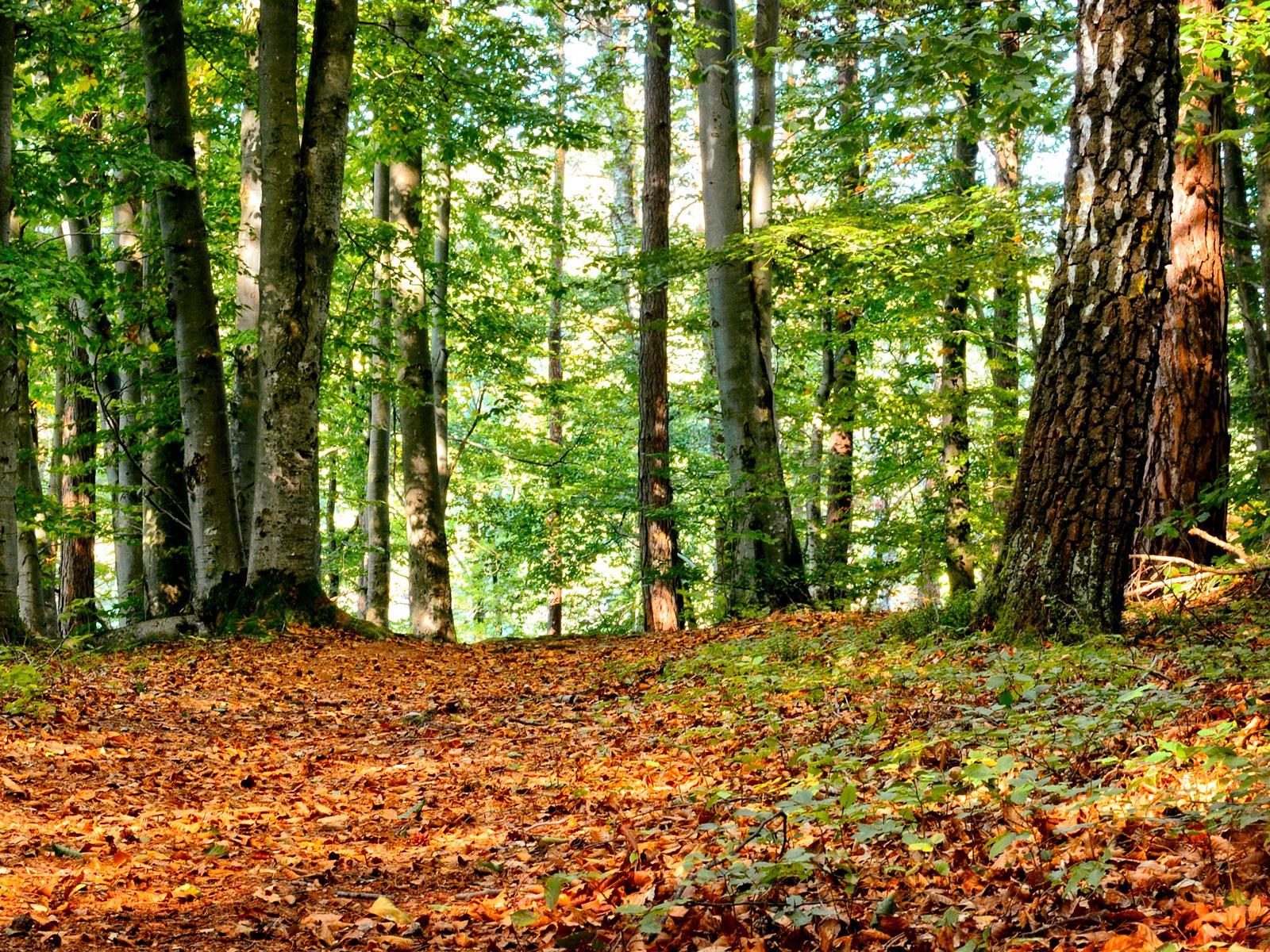For some time now, the Frankfurt (Oder) urban forester's office has been pursuing the strategy of establishing a stable permanent forest model. In this way, the creation of species-rich and site-adapted mixed forests is to be promoted. These forests hold more water in the soil, allow natural adaptation processes in response to climate change and store carbon in wood and soil.
This long-term approach has been implemented since 2017. The city forest was certified for this strategy, creating an internationally recognized standard for sustainable forest management.
The management form described was again able to convince and qualify the city forest for the federal program "Honoring the ecosystem service of the forest and climate-adapted forest management". Additional funding in the five-digit range is now available from climate and transformation funds.
The funds will be used to transform degraded areas into species-rich stands. This succeeds among other things by purposeful afforestation measures. The use of herd gates to protect natural regeneration and replanting, or road construction, are further measures.
One criterion for funding requires that at least five percent of the forest area be left unmanaged. In Frankfurt (Oder), this currently already applies to more than 25 percent of the forest area.
As a forest owner, it is important to the city of Frankfurt (Oder) to develop the forest as a habitat, climate regulator, recreation site and economic factor. Ongoing, this requires a reliable perspective, manpower and financial resources.
The task is to preserve the forest in its diversity for future generations.
Criteria of fulfillment:
- Natural regeneration
- Use native tree species
- Allow natural development in small areas
- create greater tree species diversity
- avoid large bare areas
- more dead wood for more life
- create more habitats with habitat trees
- Larger skid trail spacing to limit soil compaction
- Keep plants naturally healthy
- Improving water balance
- Give space for natural forest development (at least five percent)
Info
Further information on climate-adapted forest management is available at www.klimaanpassung-wald.de

